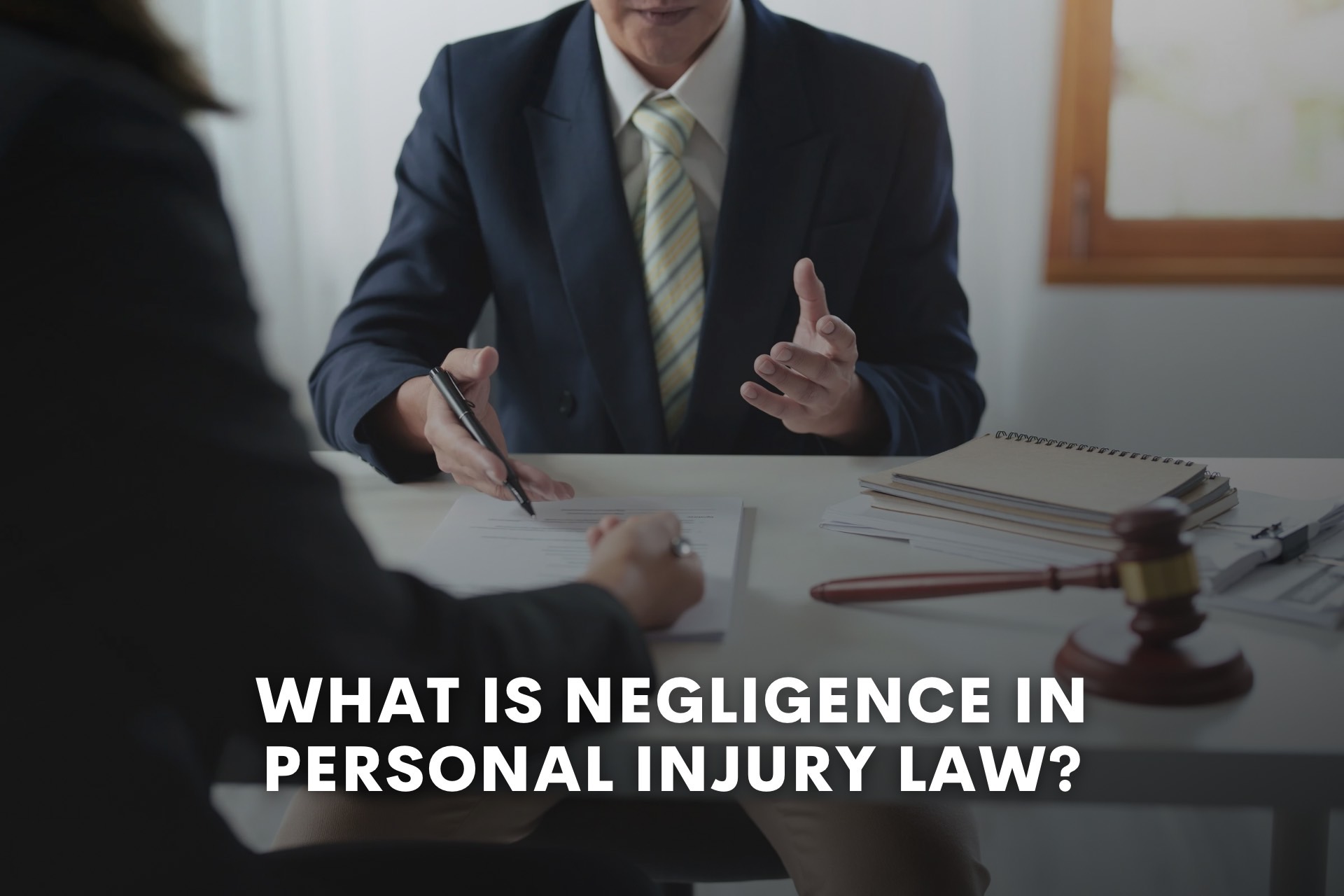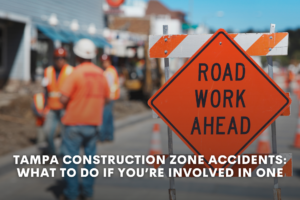When an accident happens, a key element to whether a person receives compensation is if they can prove negligence.
As personal injury lawyers in Tampa, our team has experience recognizing negligence and fighting on behalf of our clients to get the compensation they need and deserve.
In this blog post, we cover:
- What is negligence?
- Four components of negligence
- Three types of negligence
What is Negligence?
Negligence occurs when a person fails to act reasonably, resulting in harm or injury to someone else.
So, how do you prove negligence? There are four key components.
Four Components of Negligence
To establish negligence in a personal injury case, the injured party (plaintiff) must prove it by showing that the person being sued (defendant) violated four key components.
These components include:
Duty of care
The first step is establishing a duty of care between the defendant and the plaintiff. Duty of care is the legal duty to take reasonable caution to protect others and their property from harm or injury.
For example, a business has a duty of care to ensure its premises are safe for patrons.
Breach of Duty
After you’ve established a duty of care, the next step for the plaintiff is to prove the defendant breached that duty.
A “breach” can be defined as when someone acts carelessly or fails to take a specific action when that action is needed.
For example, if a driver runs a red light, they’ve breached their duty to follow the traffic signals.
Causation
Think of this step as the thread directly pulling the defendant’s actions or failure to act to the plaintiff’s injuries.
For example, if a business owner doesn’t fix a knowingly broken floor tile and someone trips over it, injuring themselves, the owner’s inaction is the direct cause.
Damages
The final piece of the negligence puzzle is for the plaintiff to prove that they suffered actual damages because of the defendant’s negligence.
These damages include physical injuries, lost wages, property damage, medical expenses, and emotional suffering.
There’s no legal case if the plaintiff can’t prove these losses.
Types of Negligence
Some common types of negligence include:
Car Accidents
Negligence with a motor vehicle can be in the form of:
- Driving under the influence
- Texting while driving
- Going over the speed limit
- Running a red light
Learn how our lawyers can support you after a car accident.
Premises Liability
Property owners are responsible for making sure their property is safe for their patrons.
Negligence can include:
- Failing to maintain safe conditions
- Ignoring known hazards
- Not enforcing safety standards
Statute of Limitations on Negligence in Florida
The statute of limitations on filing a negligence lawsuit in Florida is two years after the date of your crash or fall.
Are you a victim of negligence?
If you or someone you know is a negligence victim, contact us today and schedule your free case evaluation.








